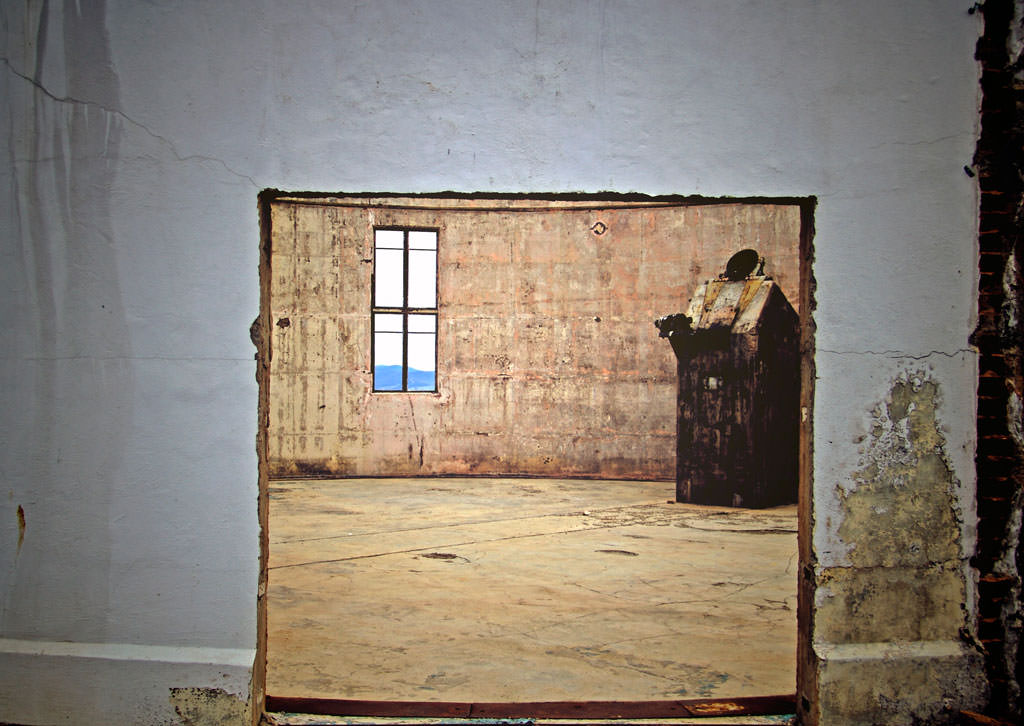Mt Stromlo Observatory teacup and aluminium shard
What does a teacup have to do with bushfires?
On 8 January 2003, lightning strikes ignited fires in the dense bush to the west of Canberra. Ten days later, fire fronts reached the edge of the city and around 3pm they raced up the slopes of Mt Stromlo and engulfed the observatory on the summit. Most of the facility’s telescopes were destroyed, along with the technical and workshop buildings, the historic Director’s house, residents’ homes and the pine, tea tree and eucalypt forest that encircled the hill. In a few short hours, the mountain’s landscape was transformed beyond recognition.
This teacup and shard of aluminium were recovered from the ruins of Mt Stromlo Observatory and are now held within the National Museum of Australia’s National Historical Collection. For me, these humble objects speak of the loss of the beloved landscape of my childhood, revealing as a personal and painful experience one of the key trajectories of the Australian Anthropocene– the acceleration of our continent’s bushfire regime.

I grew up on Mt Stromlo, in one of the houses – Number 8 – grouped just down the hill from the observatory offices. There was a relatively permeable barrier between work and home life on the mountain and during school holidays I would often wander up to visit my Dad in his corner room. I usually managed to turn up to knock on his window mid-morning, assured of a trip to the communal lounge where Mirka, the tea lady, would ply me with a warm, milky drink and Arnotts package biscuits. For a six year old – bliss!
This chipped teacup was probably one of the many Mirka set out and washed up each day. Perhaps I once drank from it. The twisted shard of aluminium came from one of the telescopes that were my father’s pride and joy. These objects were part of the observatory’s texture. They were participants in the myriad of everyday experiences that made my self during my first decades, and now, charred and deformed, they express for me the observatory’s violent transformation.

Image: Owen Thomas
Mt Stromlo was evacuated before the bushfire swept through. There was no loss of human life on the mountain and in many ways the observatory has recovered well. Much of the research infrastructure has been rebuilt, with updated scientific and technical facilities, and the heritage offices have even been restored to their original appearance. I often tell myself that I shouldn’t be too sad about the burning of a bunch of buildings. My experience of bushfire, to date, has been gentle compared to that of many Australians who have lost their homes, livelihoods and families.
And yet, this teacup and shard remind me that losses do not need to be visible and truly tragic to be meaningful. I feel a persistent grief about the absence of the observatory of my childhood, an awareness that my memories of rambling around the mountain – building cubbies in the forest, talking to the cows that grazed the back of the hill, drinking tea with my dad – are now forever disjointed from the living landscape. In the Anthropocene, as our bushfire season lengthens and burns increase in severity and frequency, it seems all too likely that making sense of such experiences of dislocation will become a common task in our lives.

